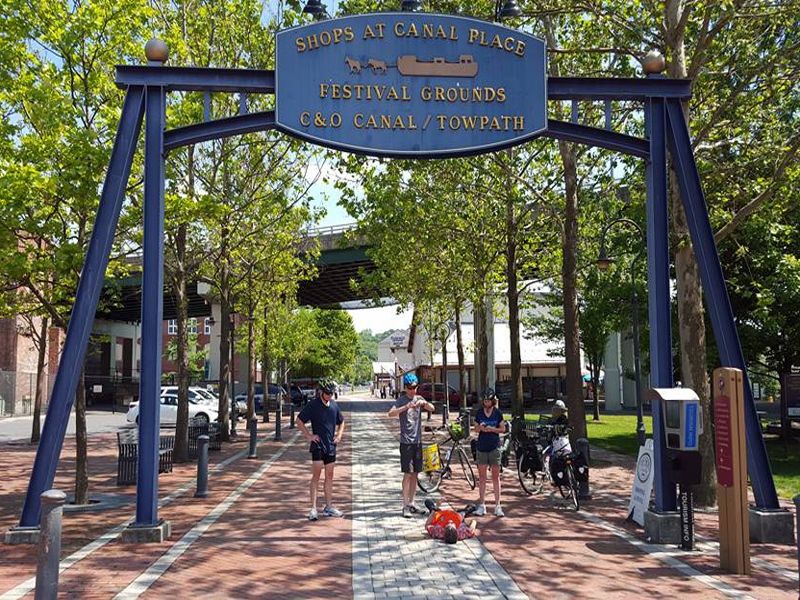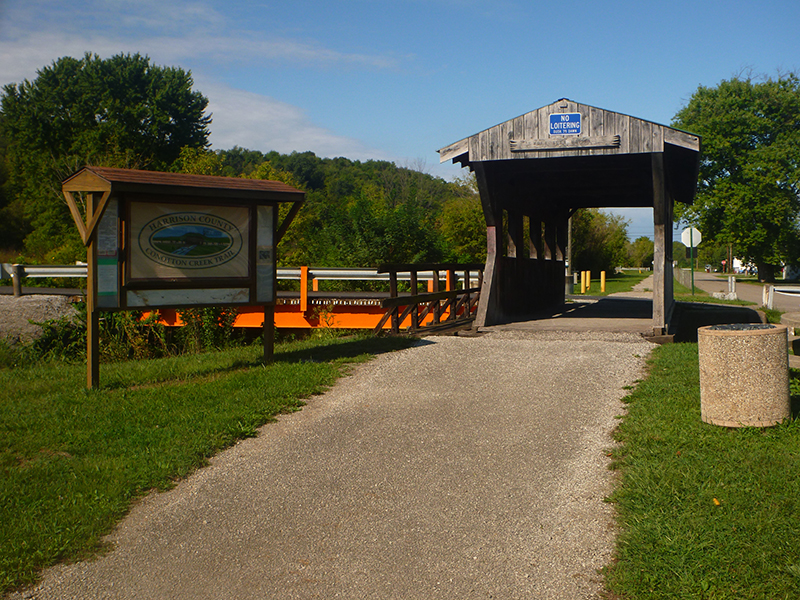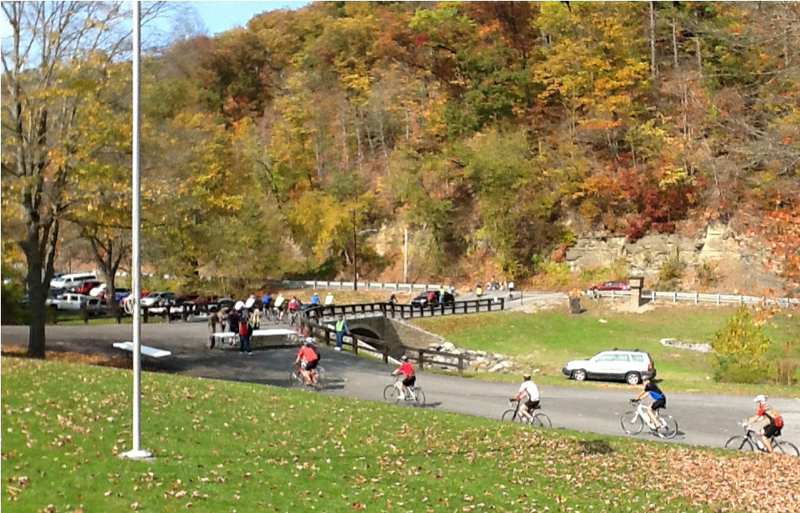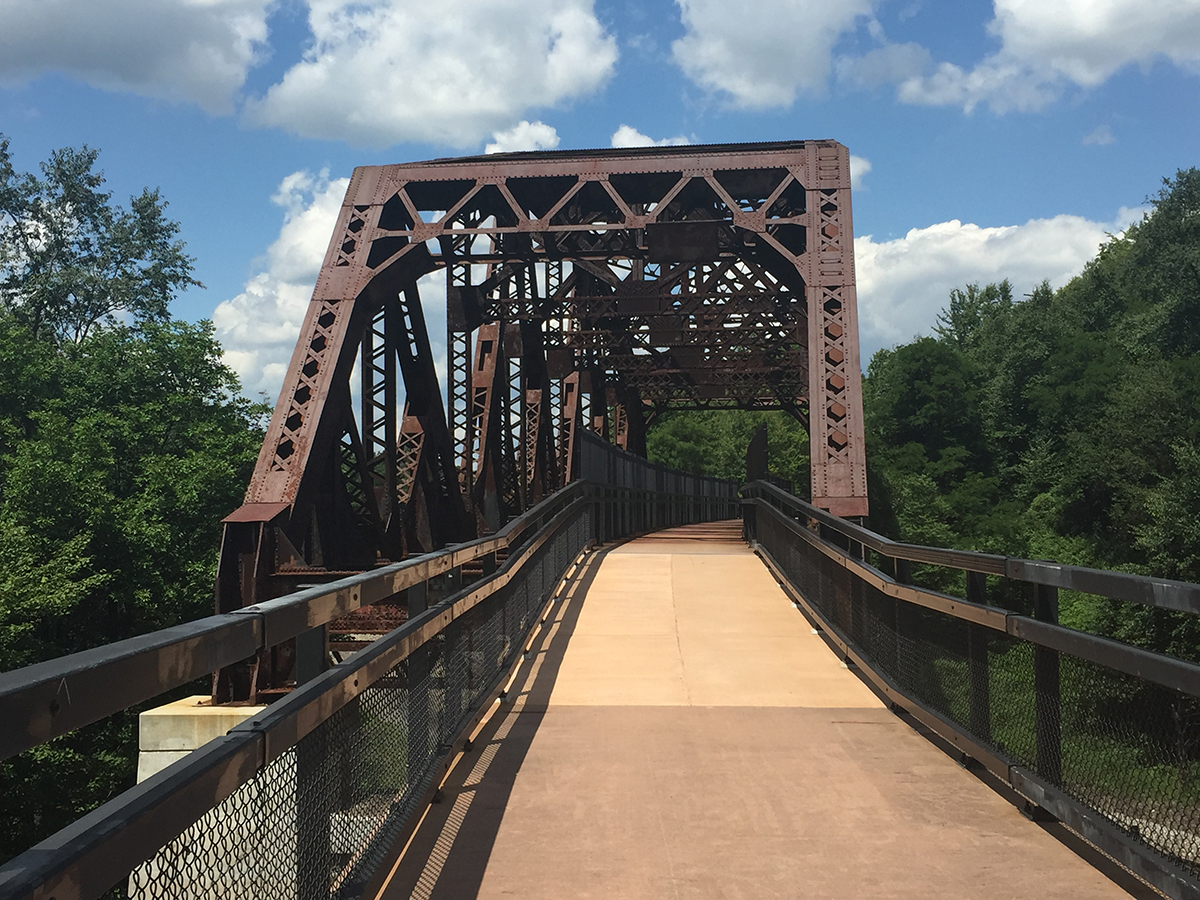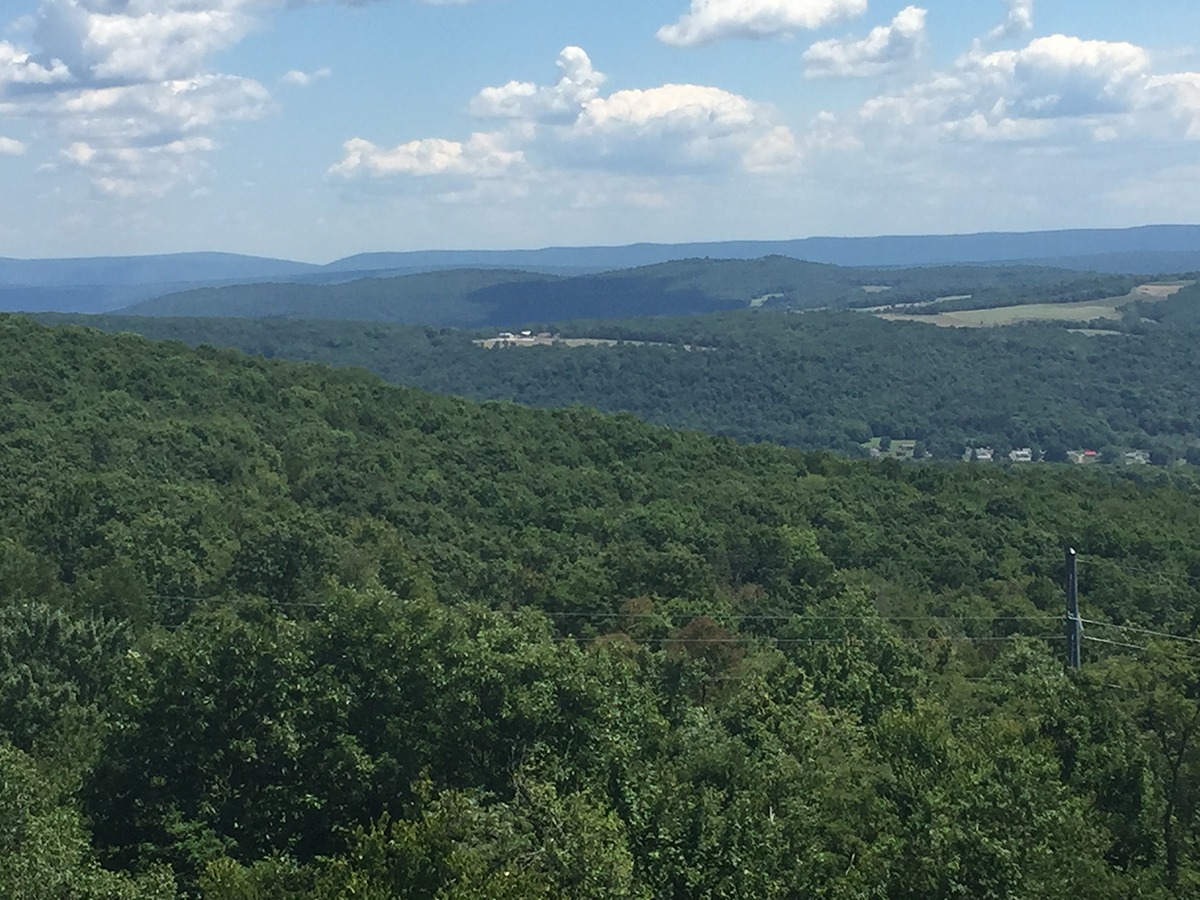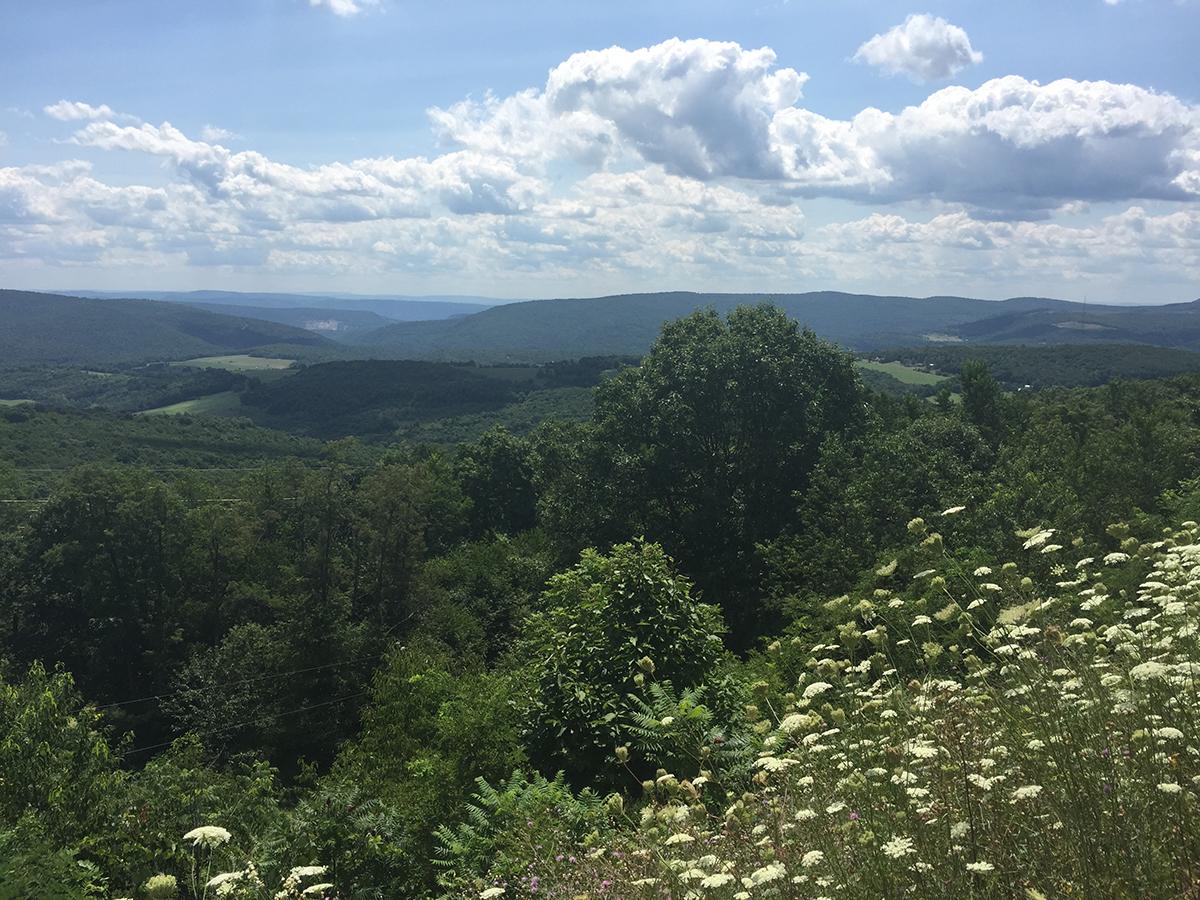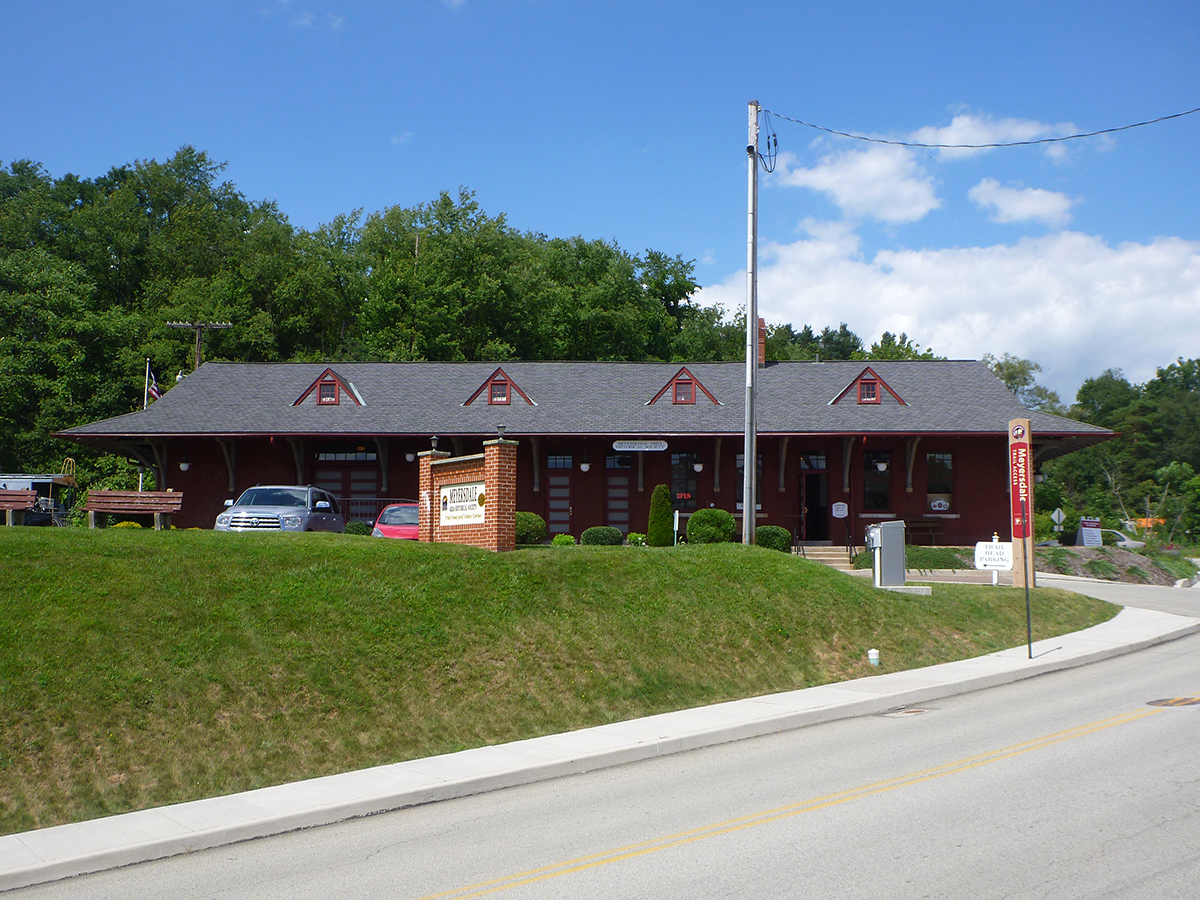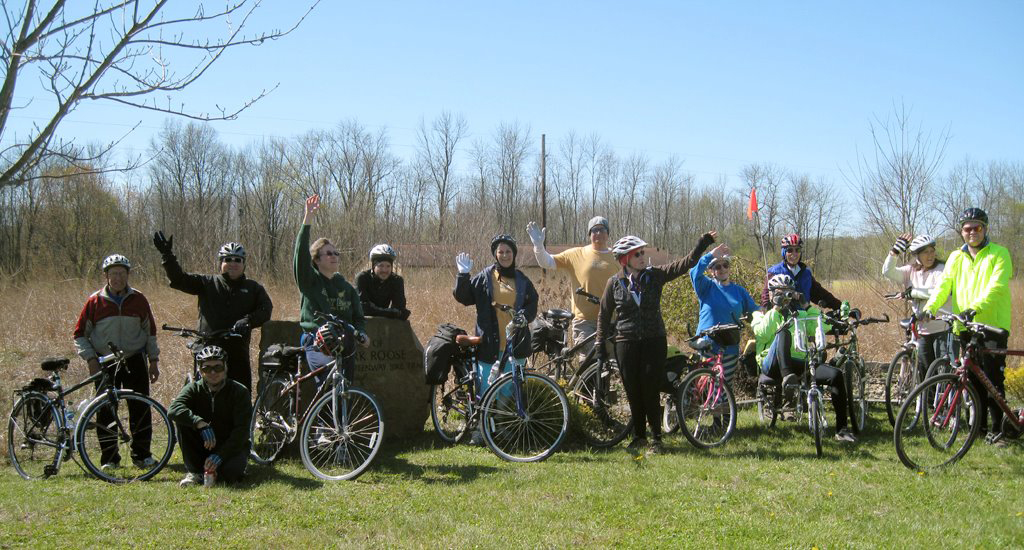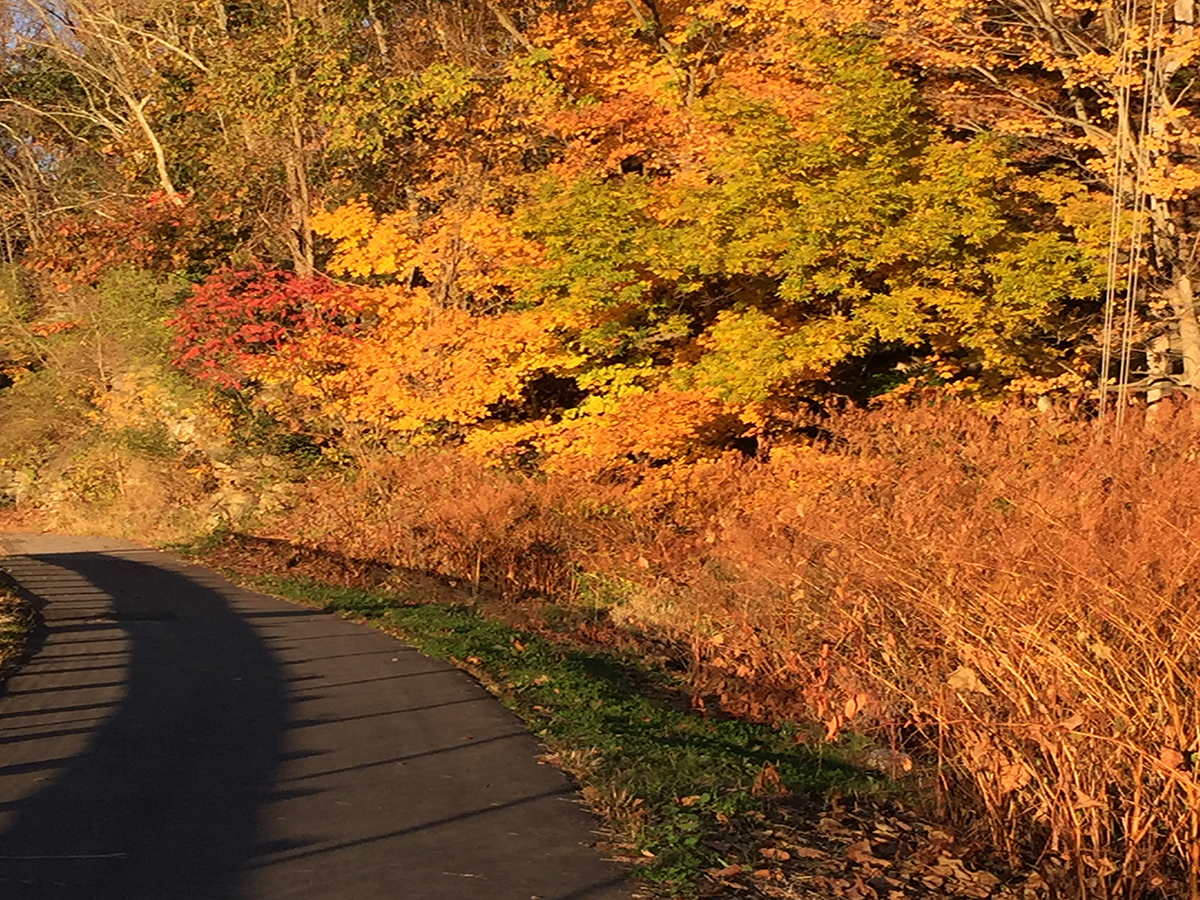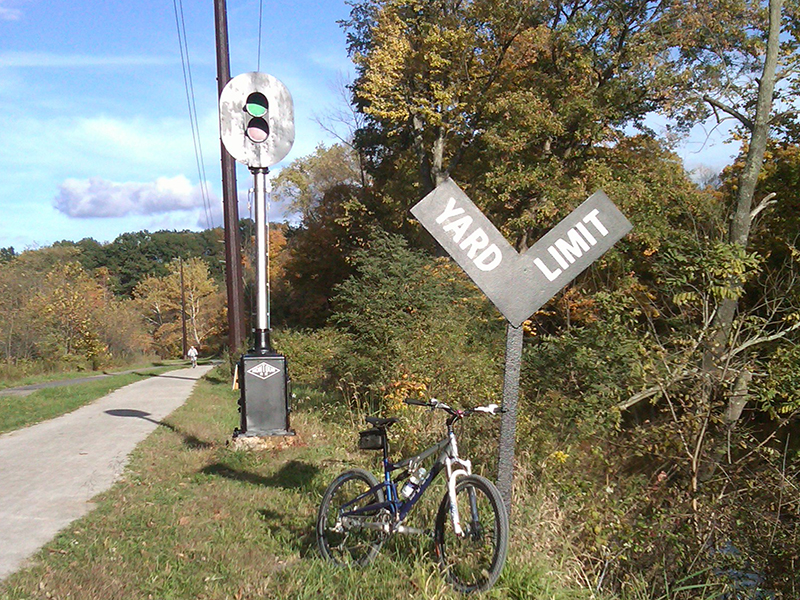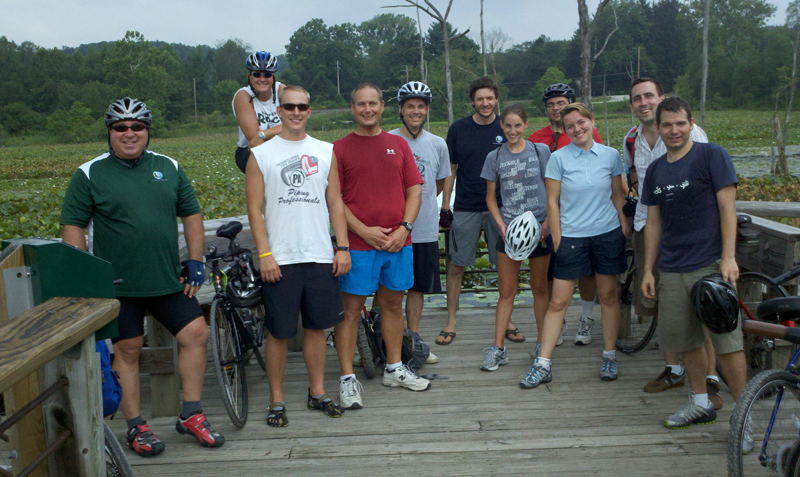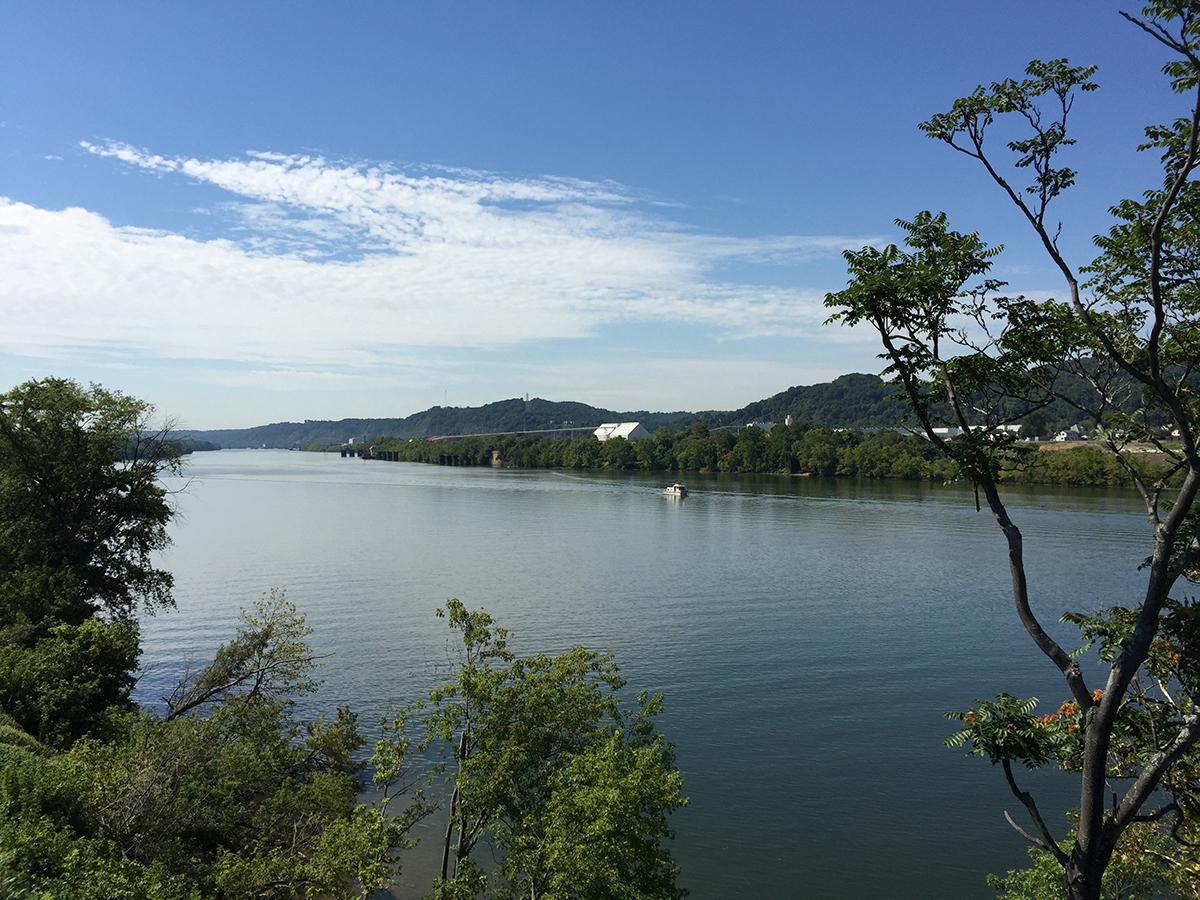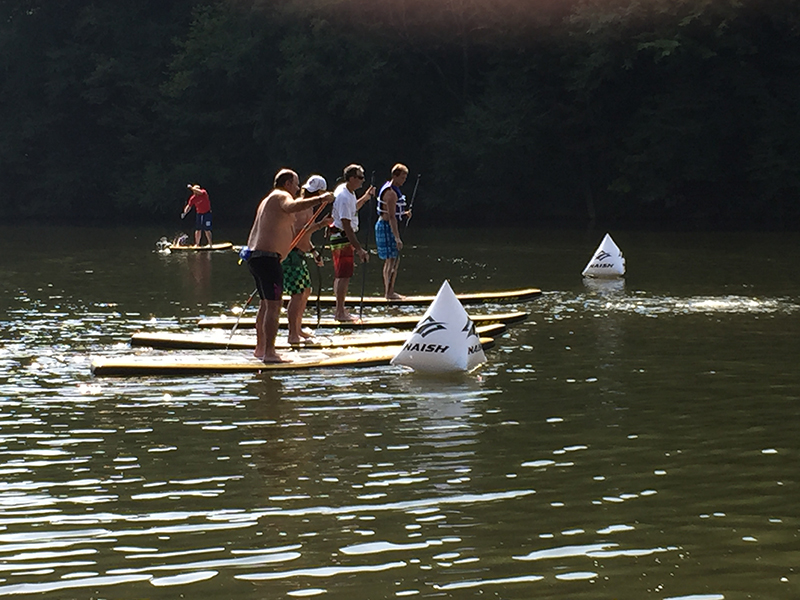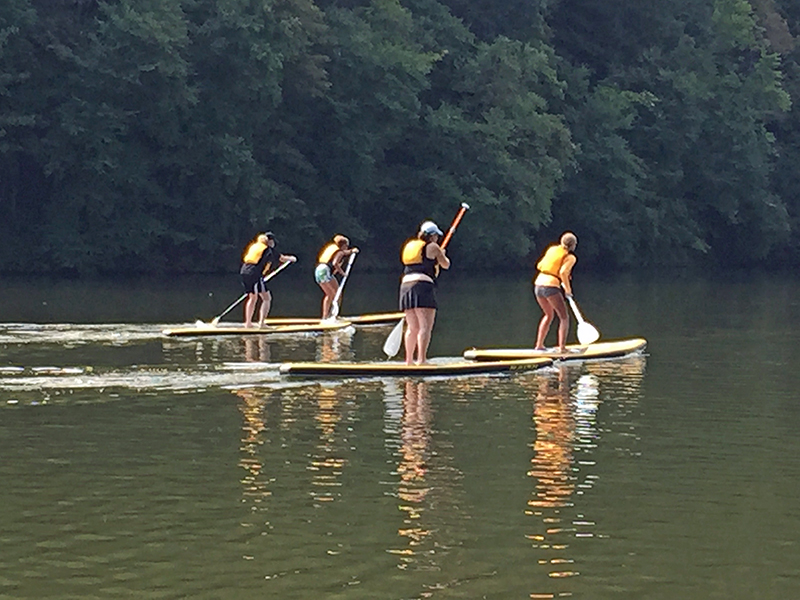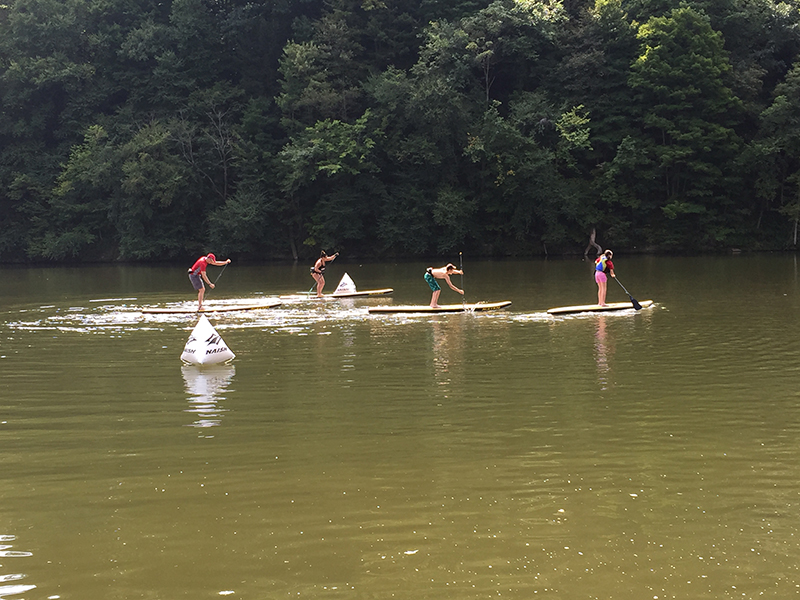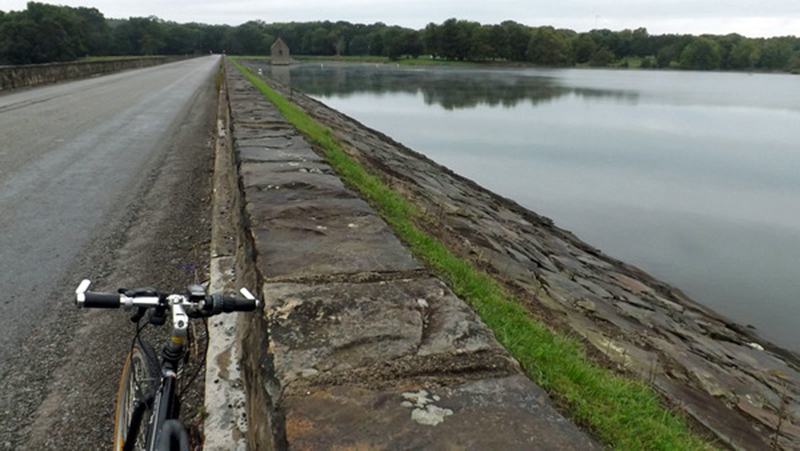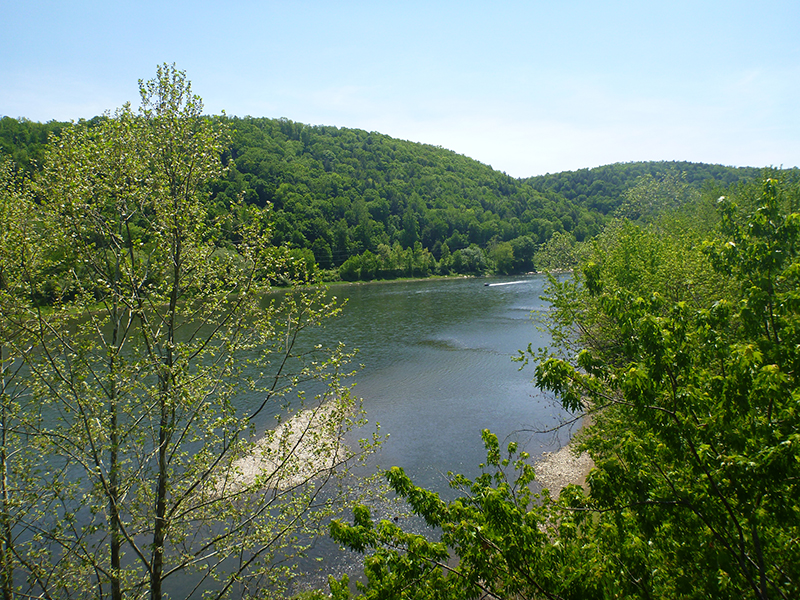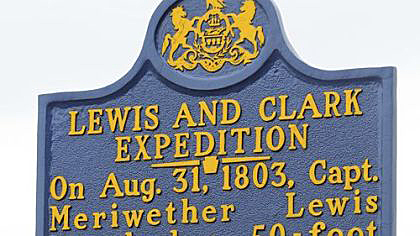
National Recreation Trail
- Details
- Hits: 7473

National Recreation Trail
National Recreation Trail (NRT) is a designation given to existing trails that contribute to health, conservation, and recreation goals in the United States. Approximately, 1,200 trails in all 50 U.S. states, available for public use, have been designated as NRTs on federal, state, municipal, and privately owned lands. National Recreational Trails are part of the National Trails System. Most NRTs are hiking trails, but a significant number are multi-use trails, bike paths, and water trails.
The proposed Ohio River Trail will connect to the Montour Trail is a multi-use non-motorized recreational rail-trail that will ultimately extend 47 miles from Coraopolis to Clairton. Currently, multiple sections of the trail totaling about 30 miles are completed. The trail is paved with a smooth surface of crushed limestone, which is ideal for bicycling, walking, running, cross-country skiing, and nature appreciation. The trail travels through urban and suburban areas as well as picturesque undeveloped landscapes. The Montour Trail was designated a National Recreation Trail in 2004.
The proposed Ohio River Greenway Trail will also connect to the Three Rivers Heritage Trail, which has been designated as a National Recreation Trail since 2010. The Three Rivers Heritage Trail joins an elite few trail systems that exemplify regional significance that connect people to local resources and improve quality of life for citizens. The Three Rivers Heritage Trail is a spectacular bicycle and pedestrian pathway that runs for 22 miles along both banks of the Monongahela, Allegheny and Ohio rivers. It connects dozens of neighborhoods and communities along the riverfronts and offers immense opportunity for recreation and alternative transportation throughout the Pittsburgh region.
Most importantly, both of these trails are part of the Great Allegheny Passage. Completed in 2013, bikers and walkers can now travel the 150-mile route, without the concern of motorized vehicles. The passage connects with the 184.5 mile C&O Canal Towpath in Cumberland, Maryland, creating a 334.5-mile route between Pittsburgh, Pa and Washington, D.C. The Great Allegheny Passage was designated a National Scenic Trail in 2001 and is a segment of the Potomac Heritage National Scenic Trail, one of eight nationally designated scenic trails.












